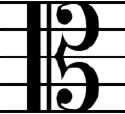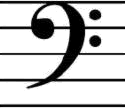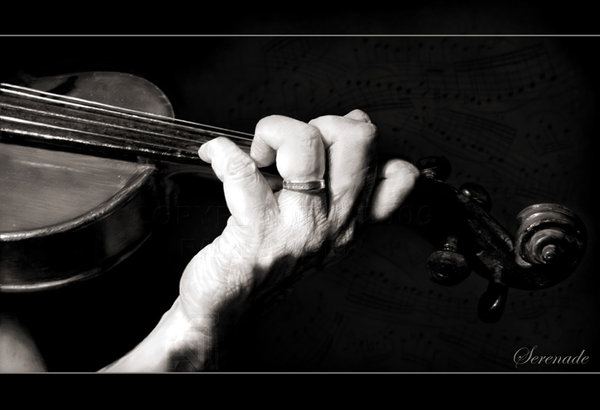|
| |
Things to consider
when choosing a string instrument:
Violin:
-
The most popular instrument
-
Small, easy to carry around
-
Music is written in the treble clef, same as the upper
staff of the piano
-
Has the E, A, D, and G strings
-
Can be played sitting or standing
-
The violin is the Soprano of the string orchestra

| Viola:
-
One of the least played instruments
-
Easy to carry around but slightly bigger than the violin
-
Same strings as the cello, but an octave higher-A, D, G, C
-
Music is written in the alto clef, where the middle line is
middle C on the piano
-
Can be played sitting or standing
-
The viola is the alto of the string orchestra

|
Cello (violincello):
-
Must be played while sitting
-
Lower, richer sound
-
A, D, G, and C-same strings as viola, but an octave lower
-
Music is written in the Bass clef, the same as the lower
staff of the piano.
-
A larger instrument, more difficult to transport in cars and
on the bus.
-
The cello is the tenor of the string orchestra

|
String Bass:
-
Least played of all the instruments, often used in jazz
bands as well
-
Very large, need a larger car to transport (van, station
wagon, SUV)
-
Very few used in orchestra
-
Has the same strings as the violin, but then are reversed
the highest string being G, then D, A, and E being the lowest.
-
Uses the same clef as the cello, the bass clef.
-
The string bass is the bass of the string orchestra
-
Can be played sitting on a stool or standing
|
|

